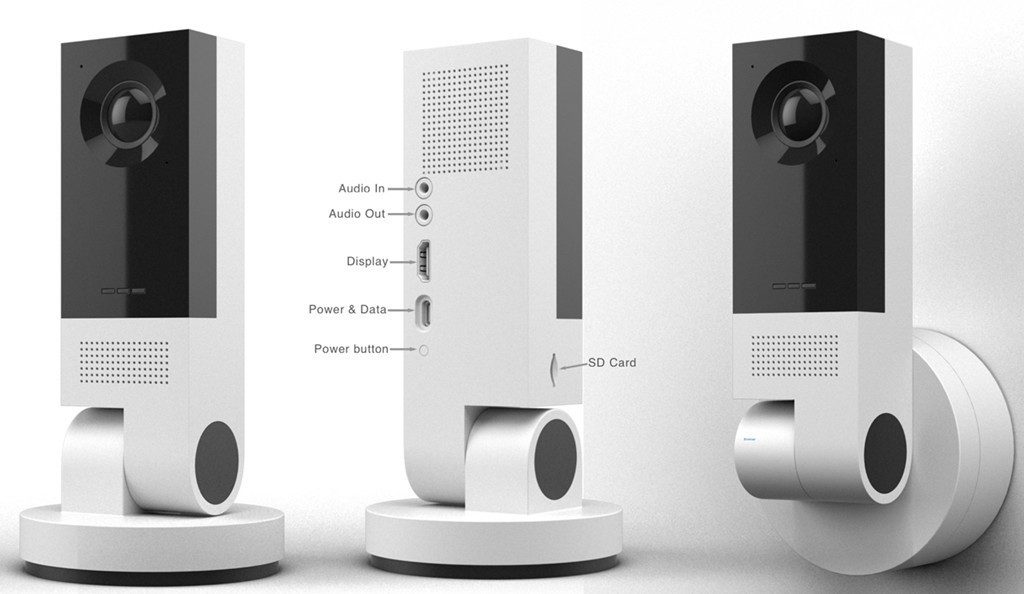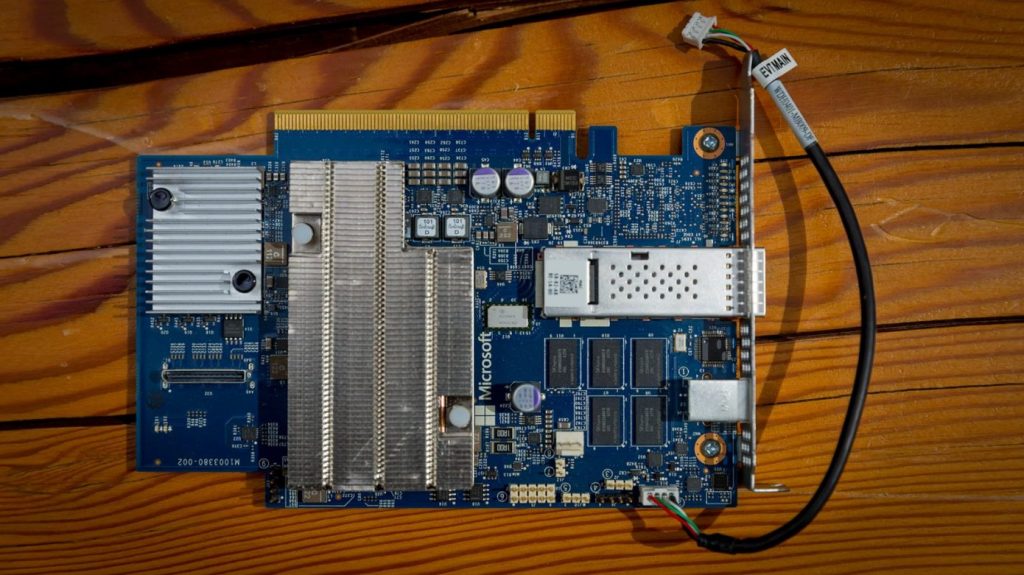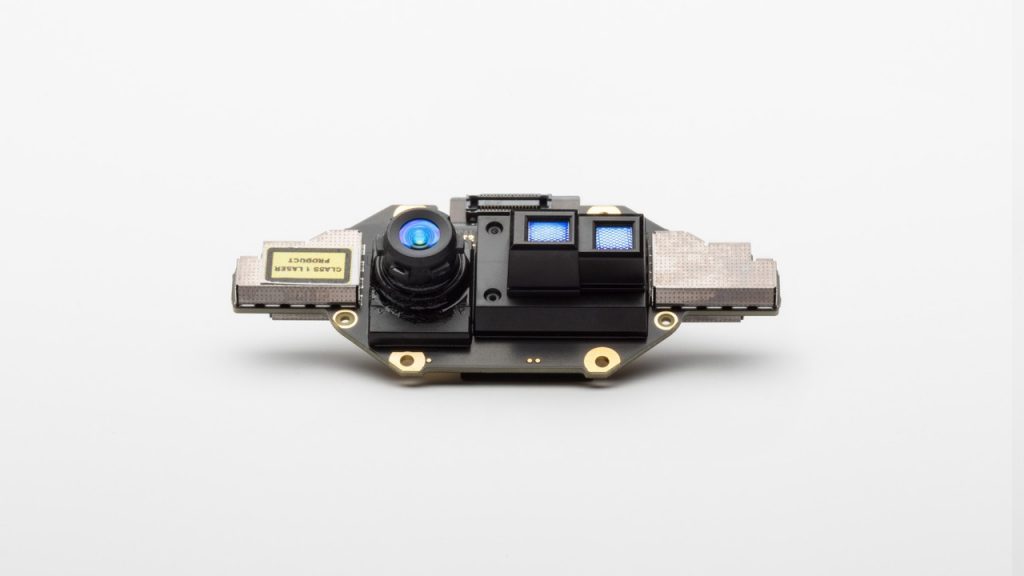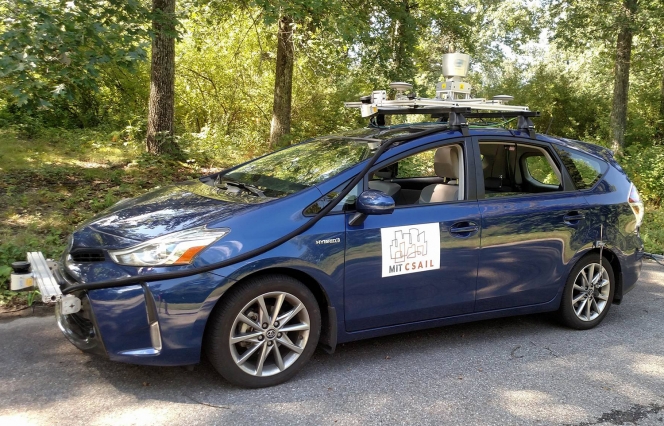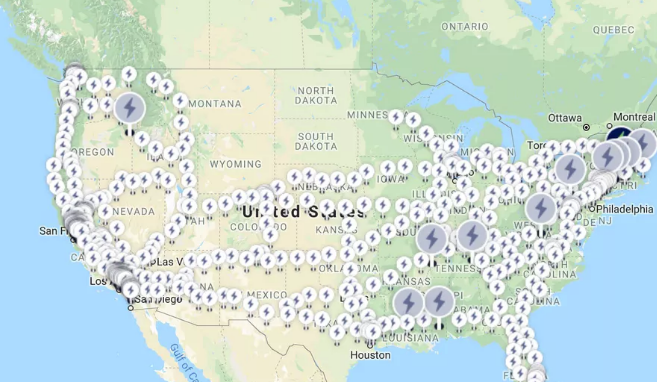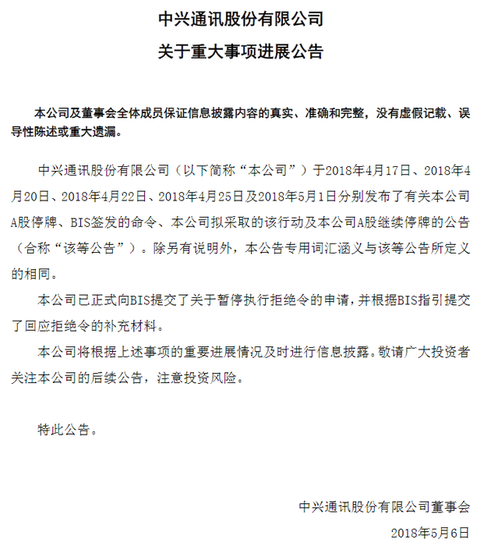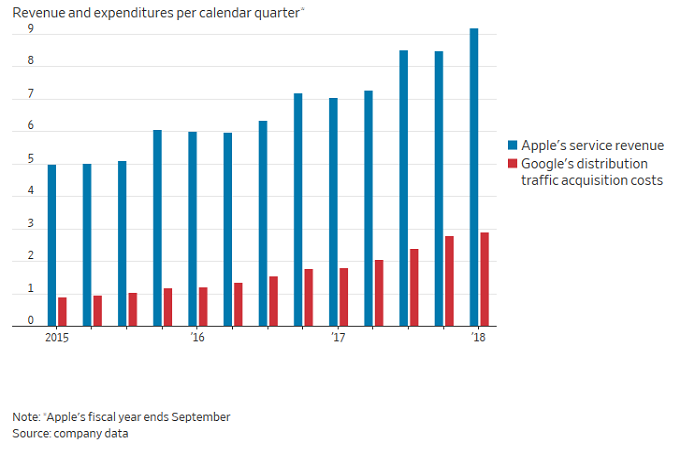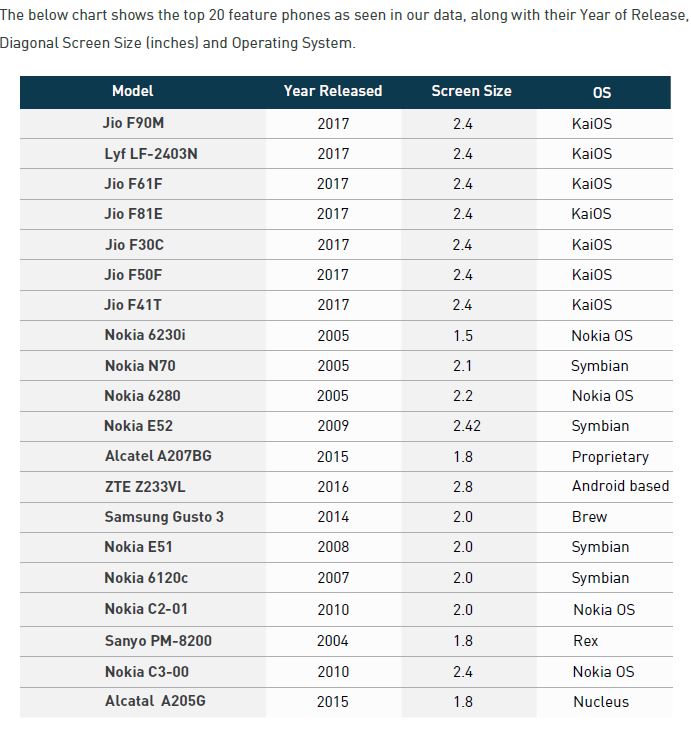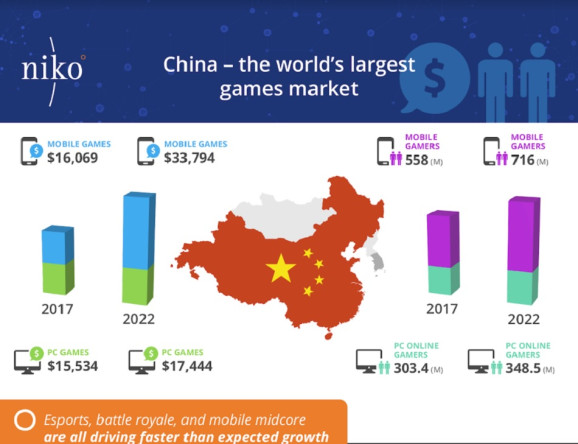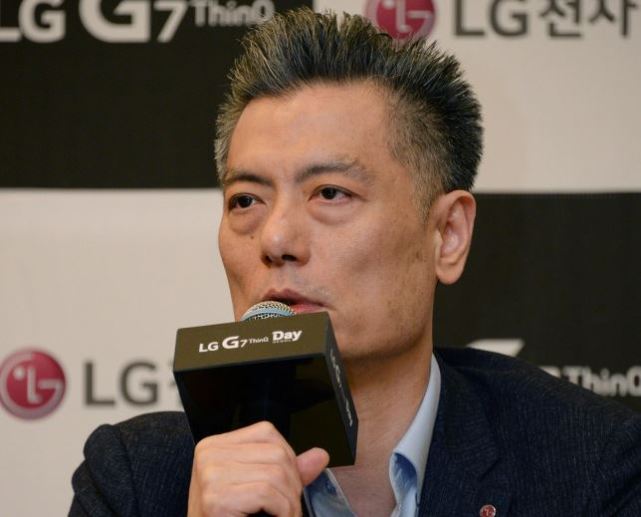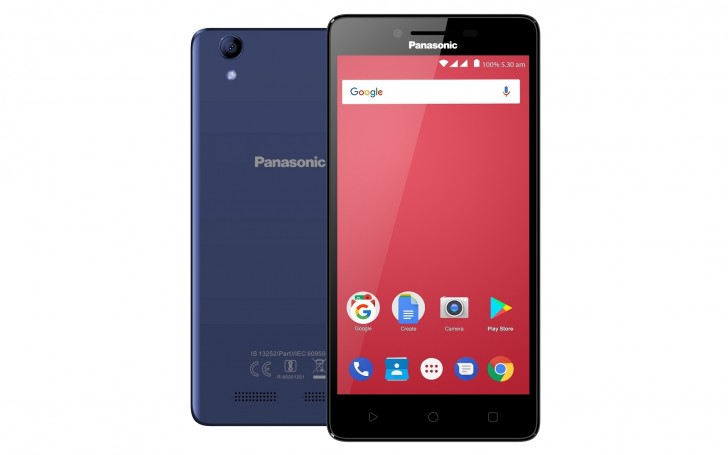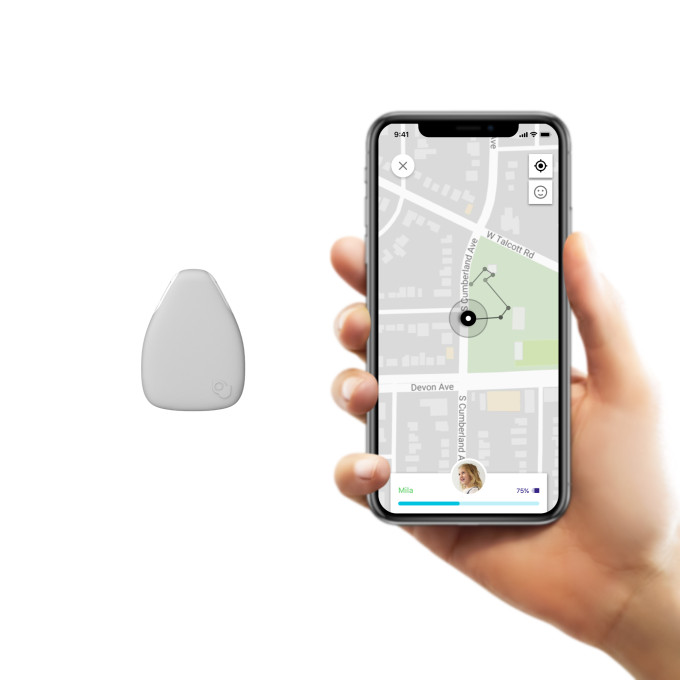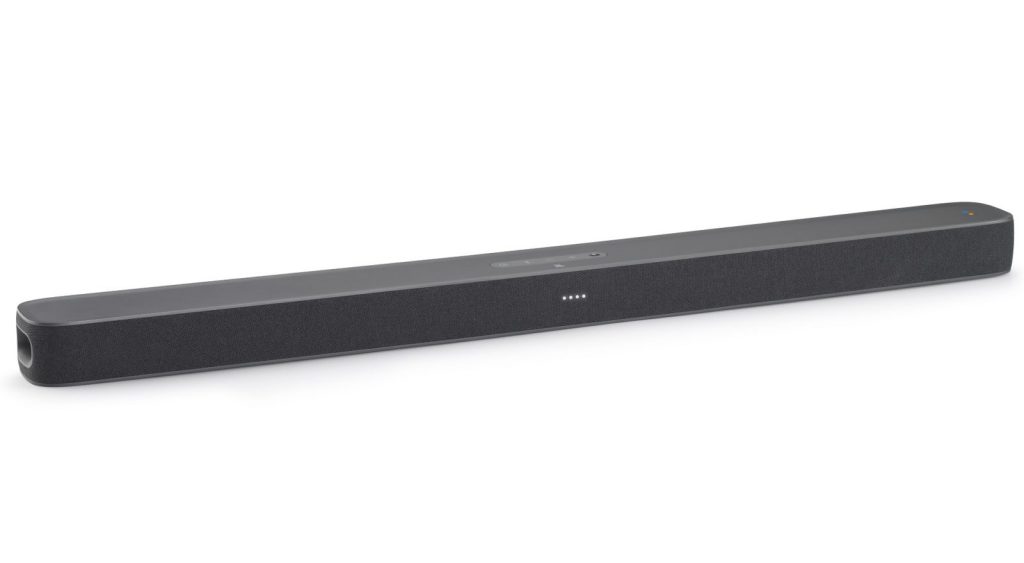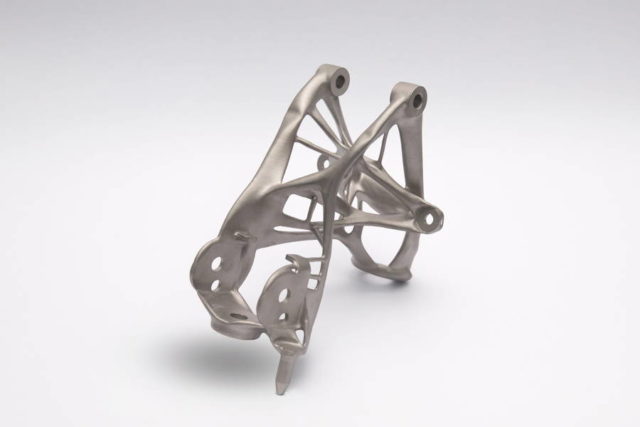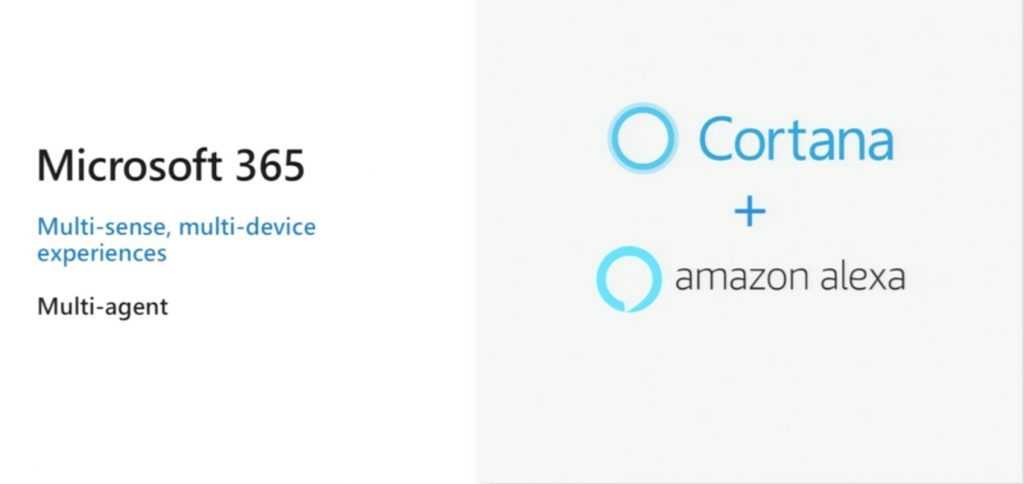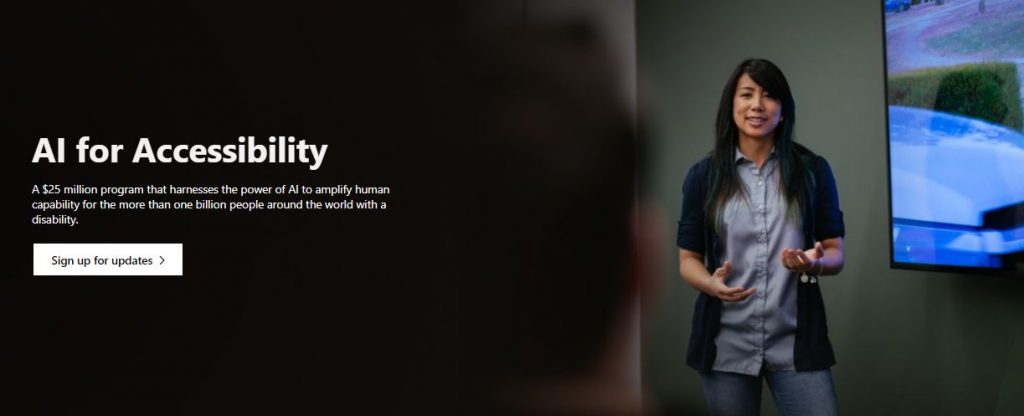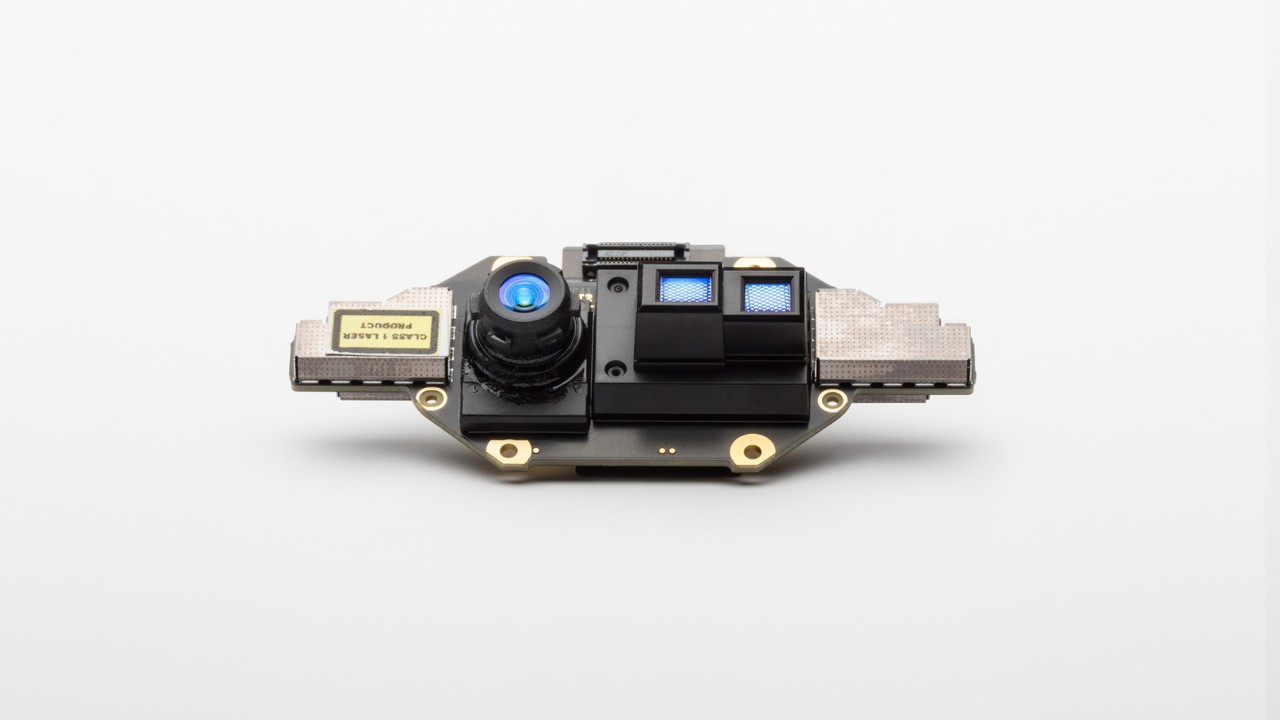
05-08: Microsoft Build 2018 series of announcement; LG is trying to come up with reasonable prices by considering many market factors; etc.
Chipsets
NavInfo reveals that the company’s AMP chipset has already entered mass production and shipment end of 2017, and will begin ramp up in 2018. The company is aggressively pushing its MCU chipset in the market, and working to enter mass production. (Laoyaoba, JRJ, Tencent)
China is reportedly set to announce a new CNY300B (USD47.4B) investment fund for its semiconductor industry. The fund will be used to develop the sector as Beijing tries to narrow the gap between U.S. chipset manufacturers and its own players. The fund’s focus will be on improving the local design and manufacturing of advanced microprocessors and graphics processing units. These components are key for smartphones, tablets, and PCs. (Android Authority, WSJ, EXP Review, DW News, Leiphone)
Microsoft is partnering with Qualcomm in a joint effort to create a vision AI dev kit running Azure Internet of Things (IoT Edge). The companies to create a camera-based IoT solution that can power advanced Azure services like machine learning and cognitive services. (CN Beta, Windows Central, Vision Aid Dev Kit, Sohu)
Microsoft has announced the preview launch of Project Brainwave, its platform for running deep learning models in its Azure cloud and on the edge in real time. Brainwave will enable Azure users to run complex deep-learning models at souped-up levels of performance. (TechCrunch, ZDNet, iFeng, Microsoft,10JQKA, 163)
Qualcomm is reportedly preparing to give up its push to develop processors for data-center servers, an effort that sought to break Intel’s hold on the lucrative market. The company is allegedly exploring whether to shutter the unit or look for a new owner for the division. (CN Beta, Bloomberg, NASDAQ)
Mediatek has received an export permit from the government to sell components to ZTE Corp, a Chinese telecoms equipment maker subjected to restrictions in the United States. (CN Beta, Android Headlines, Reuters, Mobile World Live)
Camera
According to Yuanta Securities Investment Consulting analyst Jeff Pu, with potential strong demand for OLED Apple iPhone in 2H18 and the emerging adoption of triple-camera lenses by some handset vendors, as well as resilient prices and gross margin of the company’s products, Largan Precision could see a YoY recovery in sales and operating profit from May 2018. Pu said Huawei is expected to drive triple-camera lens adoption by introducing a lower-spec device for the Mate 20 model, while Apple is likely to launch a new iPhone model with a triple-lens rear camera in 2H19. (Sina, Apple Insider, Taipei Times, My Drivers, Apple Daily)
Sensory
Microsoft has debuted the 4th generation of its Kinect sensor. The Project Kinect for Azure sensor will be used to improve “artificial intelligence in the real world”. The new hardware contains several sensors and cameras. This device is designed to be used with Azure services built around the internet of things. (Engadget, Microsoft, PC World, Geek Wire, CN Beta)
Genius Electronic Optical (GSEO) and Largan Precision are the main suppliers for Apple iPhone. The quarter 2Q18 is a transition of old to new products launch, and Apple contributes GSEO’s 90% revenues, thus would impact greatly. However, as GSEO has been working with customers other than Apple such as Huawei and Xiaomi. GSEO reportedly will enter Huawei’s supply chain, and its 3D sensors will begin shipment in 2H18. (Laoyaoba, UDN)
MIT CSAIL has developed a new framework, MapLite, that can allow a self-driving car find its way without any 3D maps. The system gets a basic sense of the vehicle’s location using GPS, and uses that for both the final destination and a “local” objective within view of the car. The machine then uses its onboard sensors to generate a path to those local points, using LiDAR to estimate the edges of the road (which tends to be much flatter than the surrounding landscape). (Engadget, MIT, Forbes, CN Beta)
Battery
Electrify America, a wholly owned subsidiary of Volkswagen formed in the wake of Dieselgate, hopes to install or start construction on more than 2,000 chargers across the continental US by the end of 2019. (CN Beta, CNET, Electrify America)
Casing
Apple next generation iPhone reportedly will feature metal casing. A consulting firm believes that in 2019 iPhone shipment will be similar with 2018, roughly 216M~217M units. This would benefit Catcher Technology, Foxconn Tech and Casetek Holdings. (Laoyaoba, UDN, HQEW)
Connectivity
STMicroelectronics and Jorjin Technologies, a Taipei, Taiwan based company established in 1997 to design and supply modules worldwide, have announced the certification of the dual-radio modules that combine Sigfox wireless-network technology with Bluetooth low energy (BLE). (Laoyaoba, Globe Newswire)
Phone
ZTE Corp has submitted an application to the U.S. Commerce Department’s Bureau of Industry and Security (BIS) for the suspension of a business ban. (Phone Arena, Reuters, CN Beta)
Google’s parent company, Alphabet, is telling investors that it expects the traffic acquisition costs it pays to partners like Apple to begin slowing in 2018. While there are no public numbers on how much Apple receives, at least one estimate has pegged the sum for 2017 at over USD3B. (Phone Arena, WSJ, Apple Insider, 9to5Mac)
Linux-based KaiOS has surpassed Apple’s iOS as the second most used operating system in India. The study by DeviceAtlas found that KaiOS now has 15% share of the Indian market while iOS has fallen to 9.6%. Even Android lost market share by 11.4% in 2017, but it remains to be the most used operating system in India with current share at 71.6%. iOS lost 1.4% in the Indian market over 2017. (CN Beta, DeviceAtlas, report, BGR, Media Nama)
China’s growth as the world’s top game market will continue unabated. Market researcher Niko Partners predicts that China’s gamers will exceed 1B people and USD42B in revenues by 2022. The number of gamers in China is set to increase from 604M in 2017 to 768M in 2022. (VentureBeat, My Drivers)
According to Hwang Jeong-hwan, VP and head of mobile communication business in LG, the company is trying to come up with reasonable prices by considering many market factors. He seeks to turn around the struggling smartphone business with the new model. He also indicates that he is carefully preparing to re-enter the China market. (Laoyaoba, Korea Herald)
Panasonic P95 is announced in India – 5” HD, Qualcomm Snapdragon 210, rear 8MP + front 5MP, 1GB+16GB, Android 7.1.2, 2300mAh, Face Unlock, INR4,999. (GizChina, GSM Arena)
PC / Tablet
Microsoft has announced that just under 700M devices now run Windows 10. Almost exactly 1 year ago, that number stood at 500M. In addition, the company also noted that Office 365 now has 135M monthly active commercial users, up from 120M in Oct 2018. (TechCrunch, MS Poweruser, TechRadar, iFeng, My Drivers)
Wearables
A new kid tracker from Jiobit is a fully encrypted location tracker with a more modular form factor that makes better sense for small children. The Jiobit tracker is small (37×50×12mm) and lightweight (18g). (TechCrunch, CNBC)
Augmented Reality / Virtual Reality
Google has launched the official VR180 companion app for devices like the Mirage Camera, Lenovo’s point and shoot camera that was announced earlier this year and dedicated to helping creators and average users make VR, 360-degree content. (Android Headlines, Sina, VRRB)
Home
Amazon has opened up a couple of monetization tools to more Alexa developers in the United States as part of an effort to help them make money from the skills they build for the voice-activated personal assistant. Developers will be able to offer either one-time purchases to unlock new content or ongoing subscriptions that enhance the skill. (Android Headlines, The Verge, Amazon, Fortune, iFanr)
Google has teamed up with speaker maker JBL for the JBL Link Bar, a sound bar with integrated Google Assistant and far-field voice control that doubles as a full-fledged Android TV streaming device. (Android Headlines, The Verge, Variety)
Automotive
General Motors (GM) has announced today that it is using Autodesk’s new generative design software to help create lightweight parts for its future products, including zero-emissions vehicles. GM claims It is the first automaker in North America to take advantage of this clever new tech. (CNET, Ubergizmo, CN Beta)
Robotics
Microsoft and DJI have announced a partnership to build a software development kit (SDK) to enable drone control from a PC, including live data streaming, rather than piloting the craft from a handheld controller. With the DJI SDK for Microsoft, drones can stream real-time video to a computer, and use Azure IoT Edge artificial intelligence to analyze and interpret the footage. (Forbes, VentureBeat, TechRadar, Digital Trends, CN Beta, 163)
Artificial Intelligence
Amazon and Microsoft announced a surprising partnership in Aug 2017, allowing the digital assistants for the 2 companies—Alexa and Cortana, respectively—to work together. Microsoft has revealed that the collaboration is moving ahead, but it still remains in a limited beta. (CN Beta, Digital Trends, Geek Wire, PC World)
Microsoft has announced its AI for Accessibility program to explore ways artificial intelligence can improve the lives of people with disabilities. The company has pledged USD25M over the next 5 years to developers, universities, nongovernmental organizations, and others making AI-fueled solutions that serve those with disabilities. (Digital Trends, CN Beta, VentureBeat, Microsoft)
Nokia has acquired SpaceTime Insight, a startup based in San Mateo, California, that provides predictive analytics based on machine learning algorithms. Josh Aroner, VP of marketing in Nokia’s software business has explained that the move helps push Nokia further into the more valuable applications and services space in the IoT industry. (TechCrunch, Fierce Wireless, VentureBeat, TechNode, CN Blogs)
Microsoft’s Azure Bot Service has now been used by almost 300,000 developers. That is up from 240,000 in Dec 2017. Azure Bot Service uses the Microsoft Bot Framework, which reported more than 130,000 users one year ago. (VentureBeat, Forbes, 163)
